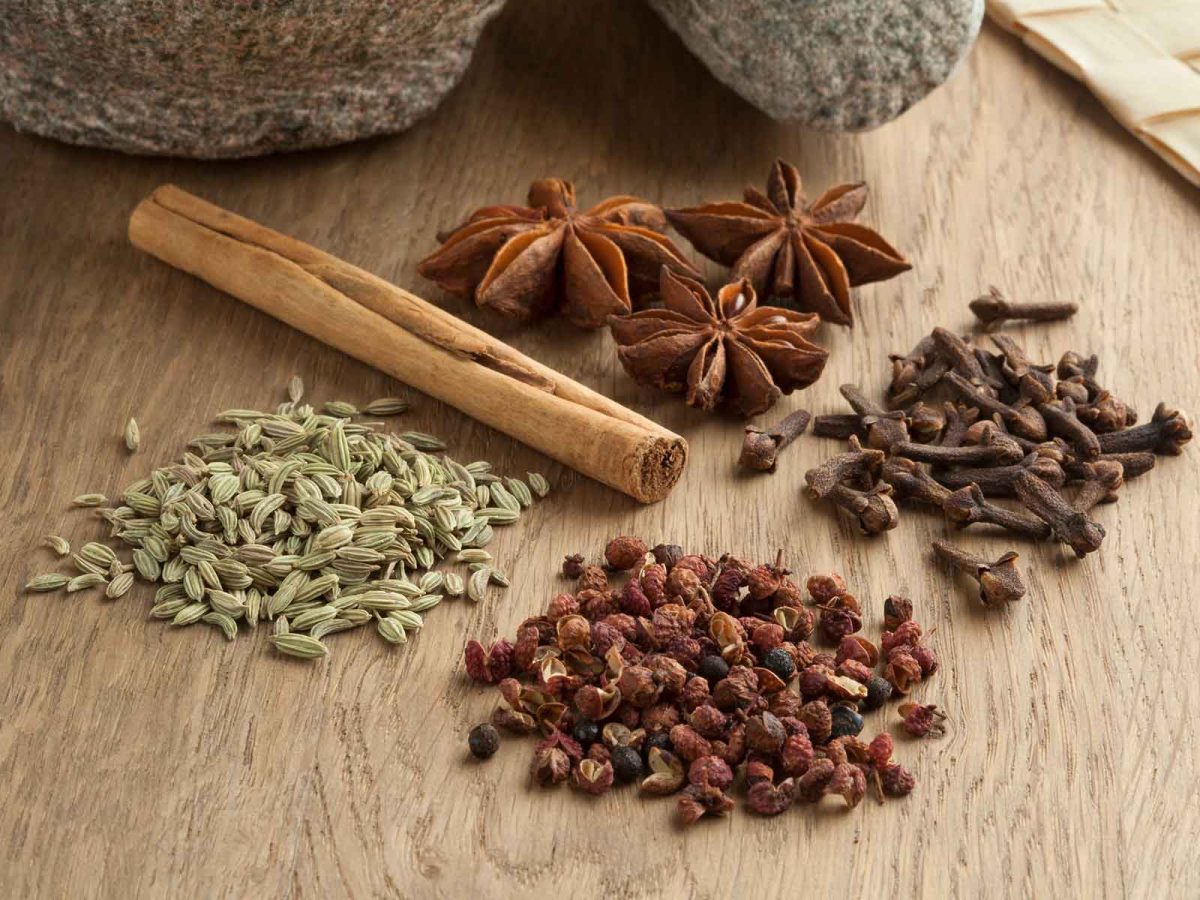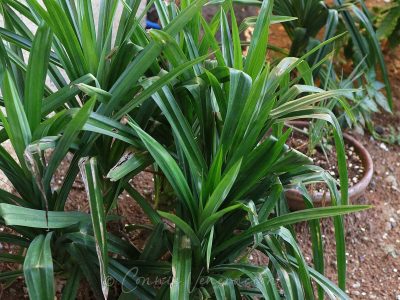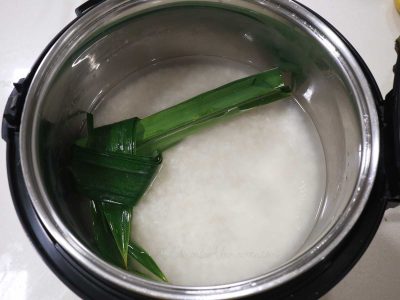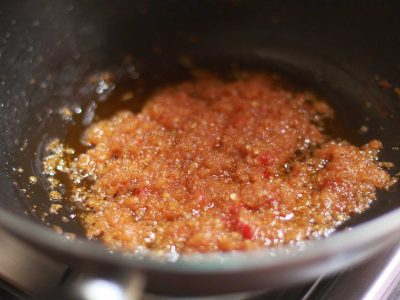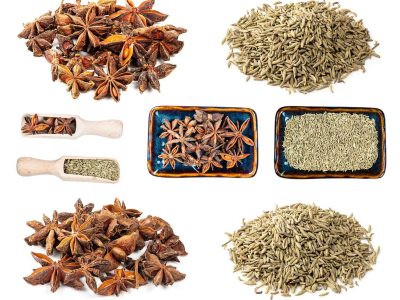That’s because there is no universal recipe for Chinese five-spice powder. Each seller (including brands) has a unique formula. Sometimes, there are more than five spices in the mix.
What does five-spice powder taste like anyway?
It is a complex flavor. Personally, it’s the smell that gets me more than the taste. Sweet, tangy, a bit citrusy…According to Epicentre, the most commonly used spices are:
- star anise
- cinnamon
- cloves
- Sichuan pepperand
- fennel seeds
The portions may be equal or not. Peppercorns and salt may be added. What taste or smell dominates depends on the proportion of spices in the mixture.
How is it used in cooking?
You know those Chinese dishes that require long hours of simmering to reduce the sauce while tenderizing meat? When you add five-spice powder to dishes like that, the slow and long cooking allows the meat or poultry or absorb the flavors of the powder to give it a lovely depth of flavor.
Another way of using it is to rub the powder on meat or poultry much like any spice rub. You allow the meat or poultry to marinate then fry, roast or grill it.
Buying guide
How do you choose a five-spice powder that will yield the best results in home cooking? The short answer is try a few brands or sellers, choose the blend that pleases your palate the most, then just get that brand or buy from the same seller regularly.
The long answer is that one formula for five-spice powder may be good for some dishes but not for others.
Homemade five-spice powder
Yes, it’s quite easy to make five-spice powder at home. Cooks who prefer to have absolute control over the flavor, aroma and color of a dish do that. My daughter, Alex, does that. When I’m the mood, so do I. How?
See the list of most common spices in five-spice powder above? Start with that. Determine the proportion depending on which one you want to be dominant (I tend to use cloves sparingly). Then, decide if you want to add more spices.
When you have your ingredients ready, you have the option of toasting them in an oil-free pan before grinding. Some say it’s unnecessary but I do like the heightened aroma that comes out during toasting. Cool the spices after toasting then grind.
For grinding, you may use mortar and pestle (if you have strong wrists and you enjoy feeling and hearing the spices break into smithereens). Our food processor has a spice grinder and that’s what we use. How coarse or how fine the grind should be, you decide.

